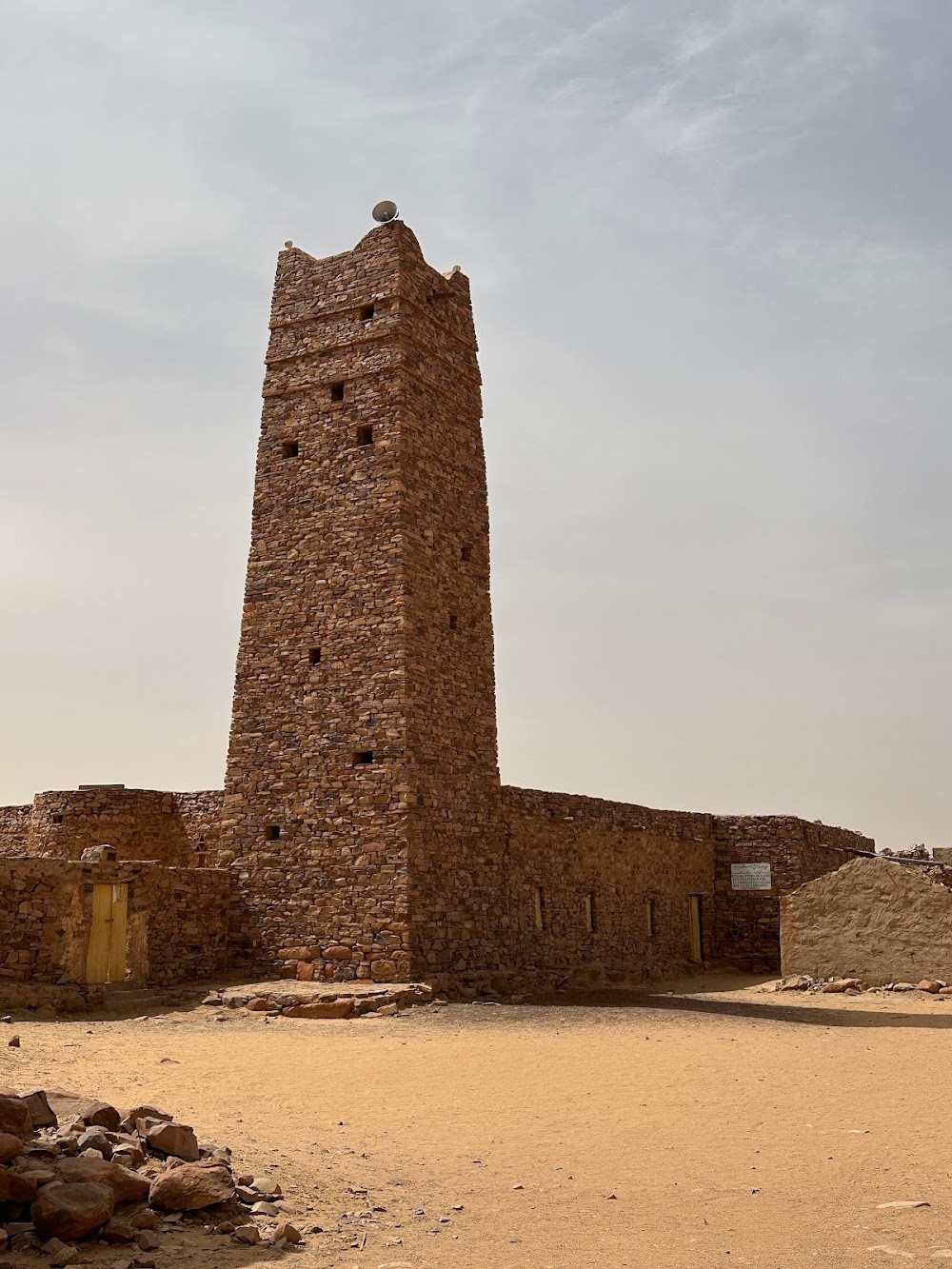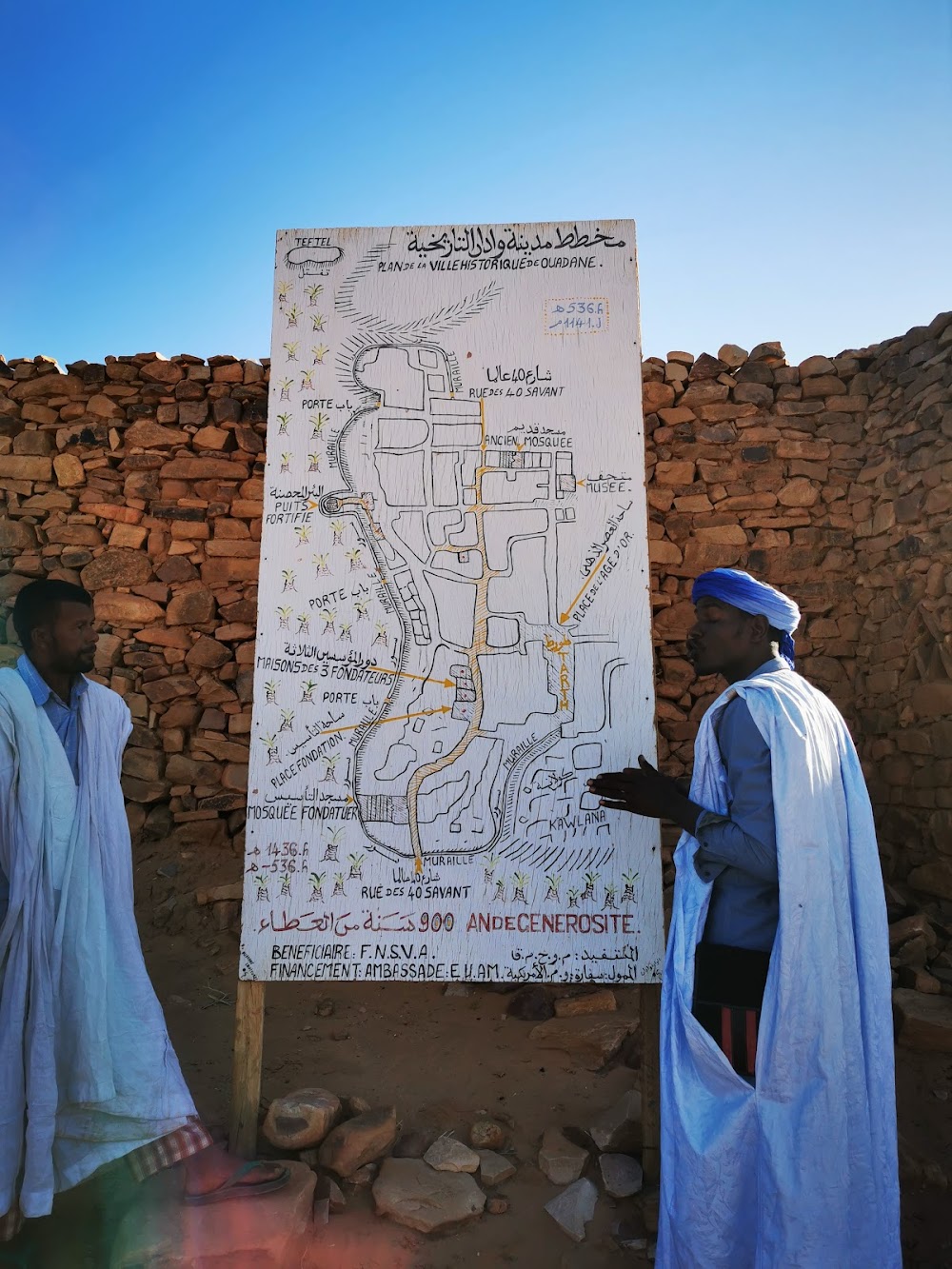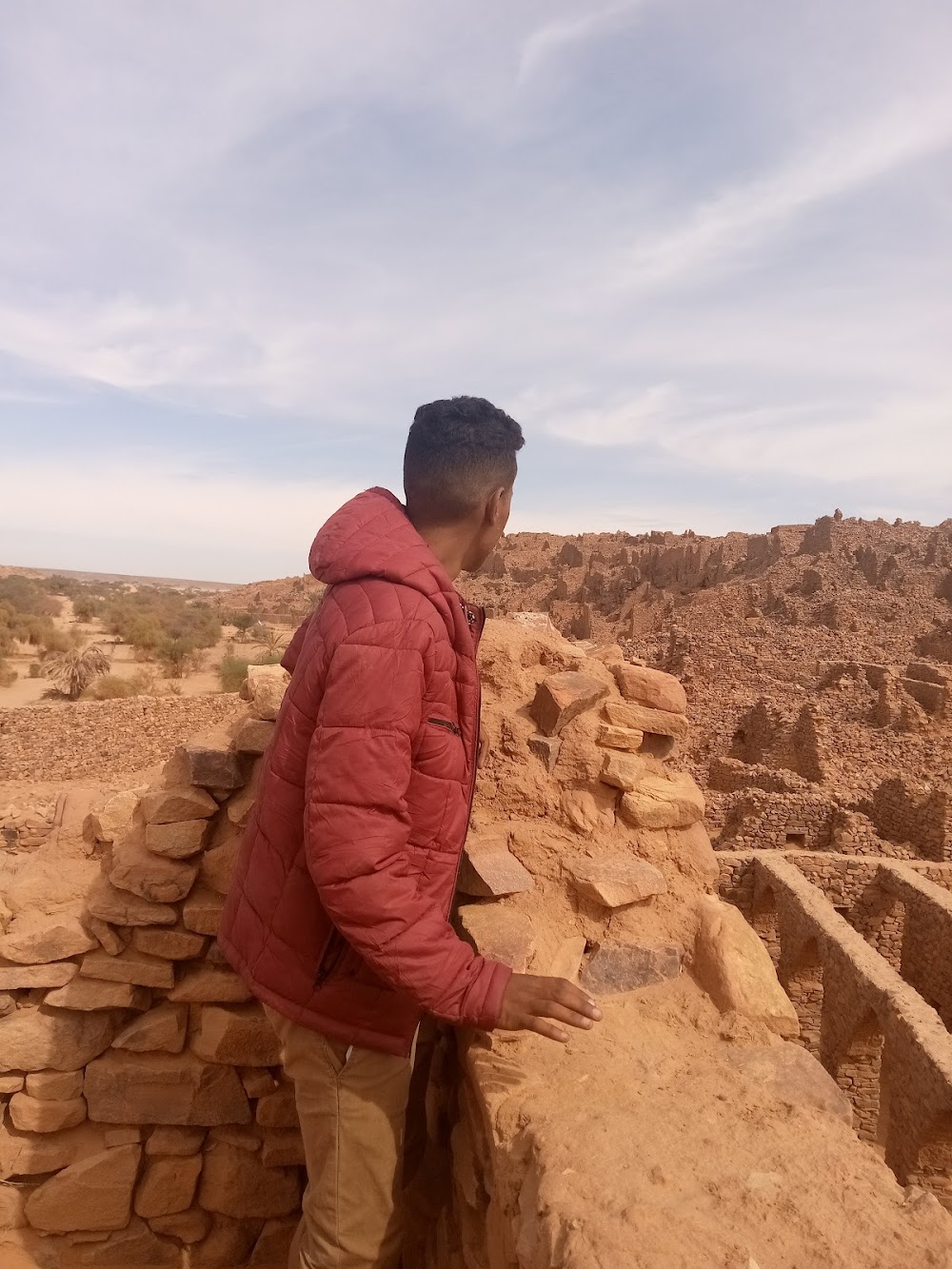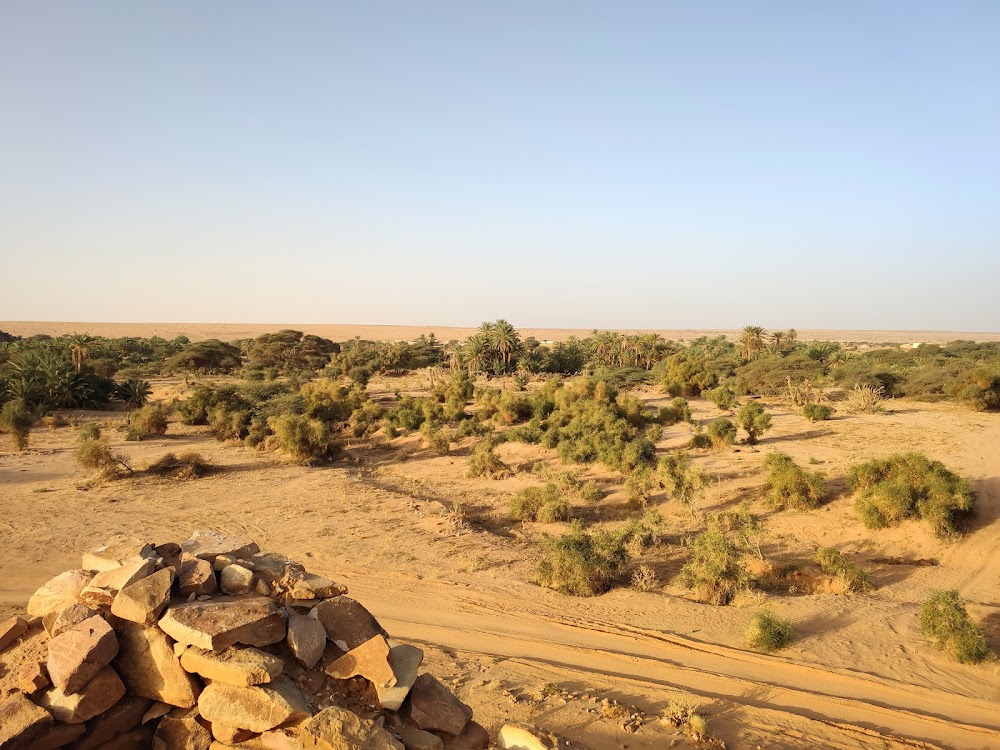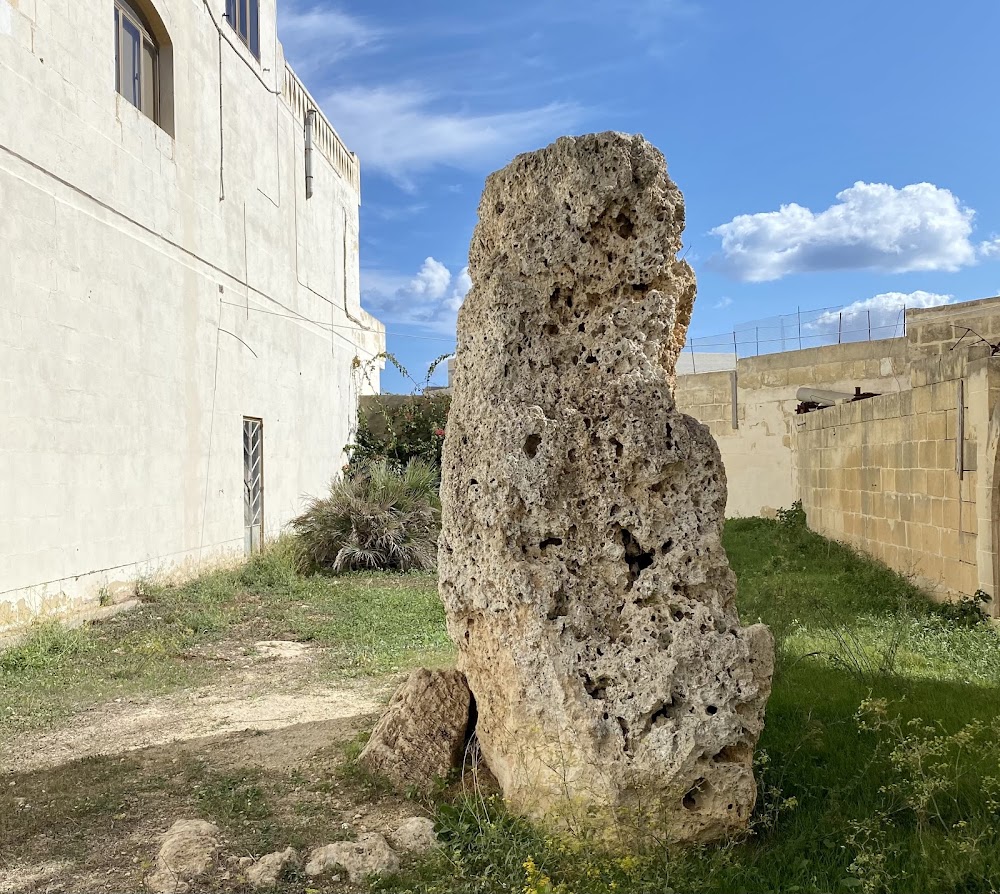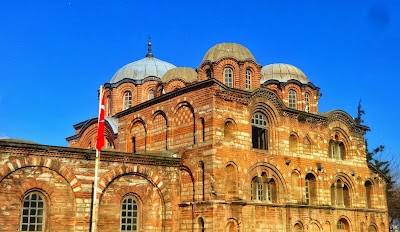Ouadane Ruins (أطلال وادان)
Overview
Nestled within the ancient city of Qala, Mauritania, lies the Villa Historique de Ouadane, more commonly known as the Ouadane Ruins. This extraordinary site has stood the test of time, preserving the remnants of a civilization that once thrived amidst the harsh desert landscape. Established in the 12th century, Ouadane was originally a prominent trading hub, connecting caravans traversing the vast Sahara Desert. The villa itself serves as a testament to the architectural ingenuity and cultural richness of its builders.
The construction of Villa Historique de Ouadane began under the Almoravid dynasty, which brought skilled artisans and laborers from across the region to create this remarkable structure. Using locally sourced materials such as sandstone and mud bricks, the builders meticulously laid the foundations to ensure stability and fortified the walls to withstand the relentless desert winds. The interiors were adorned with intricate carvings and detailed mosaics, showcasing the artistic prowess of its creators.
Once completed, the villa became a central gathering place for traders, scholars, and residents. Its spacious courtyards and grand halls provided venues for social and economic activities, while the private quarters offered a serene retreat for the elite. The builders incorporated Islamic architectural principles, featuring arched doorways and vaulted ceilings, which enhanced the aesthetic appeal and helped maintain cooler indoor temperatures amid the scorching heat.
In a region where water was a precious resource, the villa's designers ingeniously constructed an advanced irrigation system. They created underground cisterns to collect and store rainwater, ensuring a steady supply for both residents and livestock. This innovative water system, combined with the surrounding walls, transformed the villa into a self-sustaining oasis in the midst of the barren Sahara.
Over the centuries, Villa Historique de Ouadane witnessed numerous transformations. During the height of the trans-Saharan trade, the villa bustled with markets and merchant caravans that brought goods from North Africa and beyond. However, as trade routes shifted and the region faced political upheavals, the once-flourishing area began to decline. By the 17th century, both the villa and the city of Ouadane were largely abandoned.
Despite the passage of time and the encroaching desert sands, the villa remains a powerful symbol of the region's rich history and cultural heritage. Modern archaeologists have undertaken various restoration projects to preserve the site and uncover its hidden secrets. These efforts have revealed more about the lives of its former inhabitants, their trade practices, and social structures.
Today, the Villa Historique de Ouadane stands as a prominent tourist destination, attracting visitors from around the world. Its weathered walls and crumbling arches evoke a sense of wonder and nostalgia, reminding us of the ingenuity and resilience of the people who built it. Guided tours offer an intimate glimpse into the past, allowing visitors to walk through the villa's storied halls and imagine the vibrant life that once filled its spaces.
In conclusion, the Villa Historique de Ouadane is not merely a relic of the past; it is a living testament to human creativity and adaptability. Its construction reflects the skill and resourcefulness of its builders, and its enduring presence provides a window into a bygone era. As preservation efforts continue, this historic site will remain a beacon of Mauritania's rich cultural legacy for generations to come.


